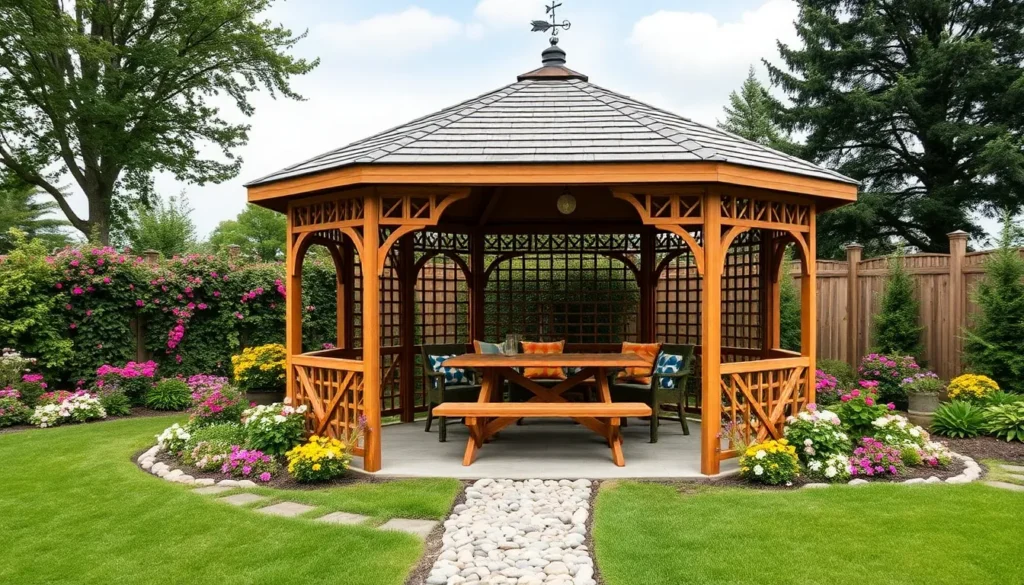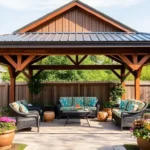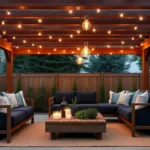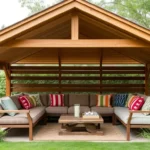Are you dreaming of transforming your backyard into a cozy retreat without breaking the bank? Affordable DIY gazebo kits might just be the perfect solution. Whether you’re a novice ready to embark on your first outdoor project or a seasoned homeowner looking to enhance your space, these kits offer a practical and rewarding way to elevate your outdoor living experience.
In this article, we’ll guide you through selecting the right gazebo kit tailored to your needs, exploring options that blend style, durability, and budget-friendliness. You’ll learn not only how to choose the perfect kit but also gain insights on assembly tips, maintenance advice, and creative customization ideas to make your gazebo uniquely yours. Embrace the joy of crafting your own serene backyard haven with confidence and ease.
Understanding Basic Gazebo Kit Components

When diving into DIY gazebo kits, it’s essential to understand the basic components you’ll be working with. Typically, a kit includes pre-cut wood or metal frames, which form the structure’s backbone, making assembly straightforward even for beginners. Look for kits that offer pressure-treated wood or rust-resistant metal to ensure longevity, especially in varying weather conditions. Additionally, the roofing elements, often made of materials like polycarbonate or fabric, provide essential shade and protection, so consider the climate and intended use when selecting your kit.
Another vital aspect is the design elements included in your gazebo kit, which can enhance both functionality and aesthetic appeal. Many kits feature decorative trims and latticework that add a touch of elegance, while also allowing for climbing plants to intertwine naturally, creating a living canopy. For a more advanced touch, consider incorporating built-in seating or custom flooring options, such as interlocking deck tiles, to personalize the space further. By understanding these components, you can select a kit that aligns with your vision and skill level, ensuring an enjoyable and rewarding building experience.
Choosing the Right Kit for Beginners
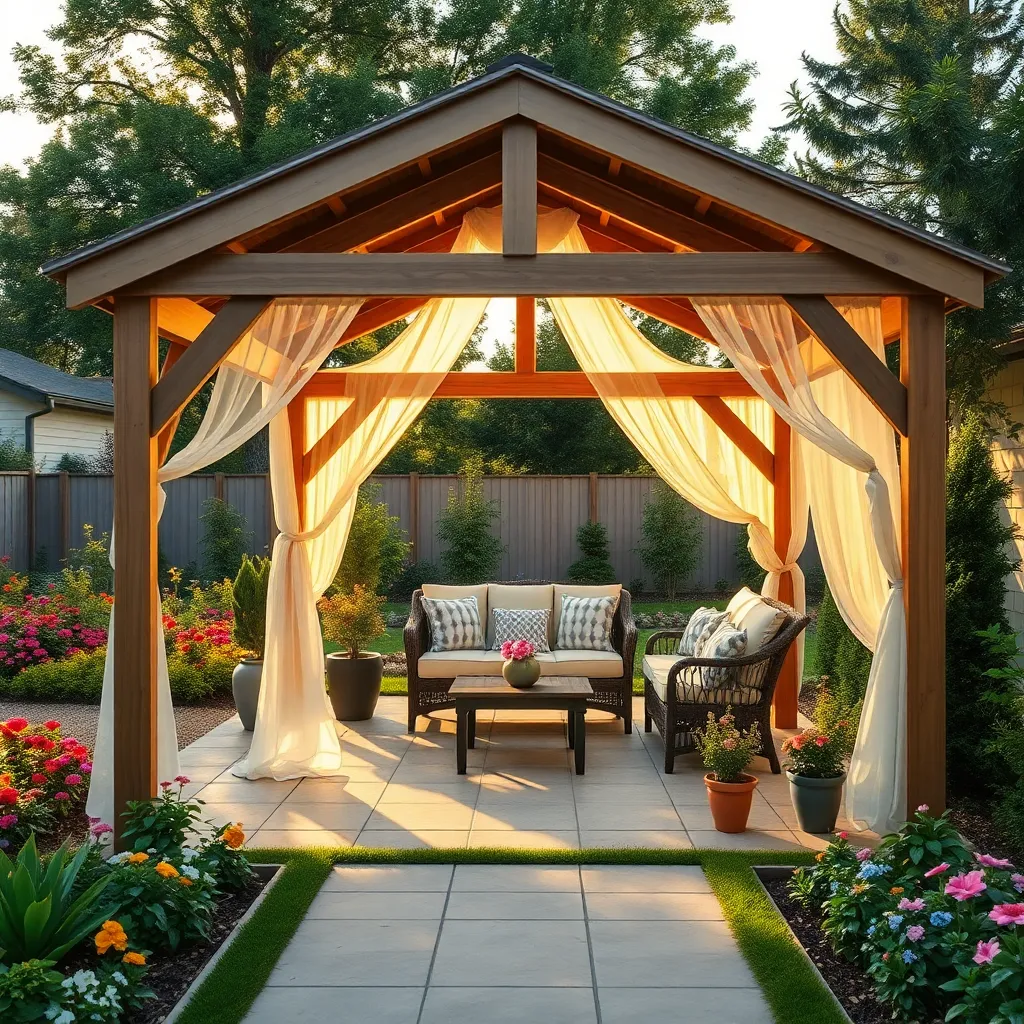
When selecting a gazebo kit as a beginner, it’s crucial to consider the materials and size that best fit your outdoor space and climate. Opt for kits made from treated wood or rust-resistant metal, which offer durability and ease of assembly. A medium-sized gazebo, around 10×10 feet, is an ideal starting point, providing ample space for gatherings without overwhelming your yard.
Additionally, look for kits that include pre-cut, pre-drilled parts and clear instructions, which can significantly simplify the construction process. Consider features like removable side panels or a vented roof to enhance your gazebo’s versatility. For added stability and longevity, ensure your chosen kit includes ground anchors or offers guidance on securing the structure to a concrete foundation. These practical tips will help you create a functional and inviting outdoor retreat.
Step-by-Step Assembly Instructions
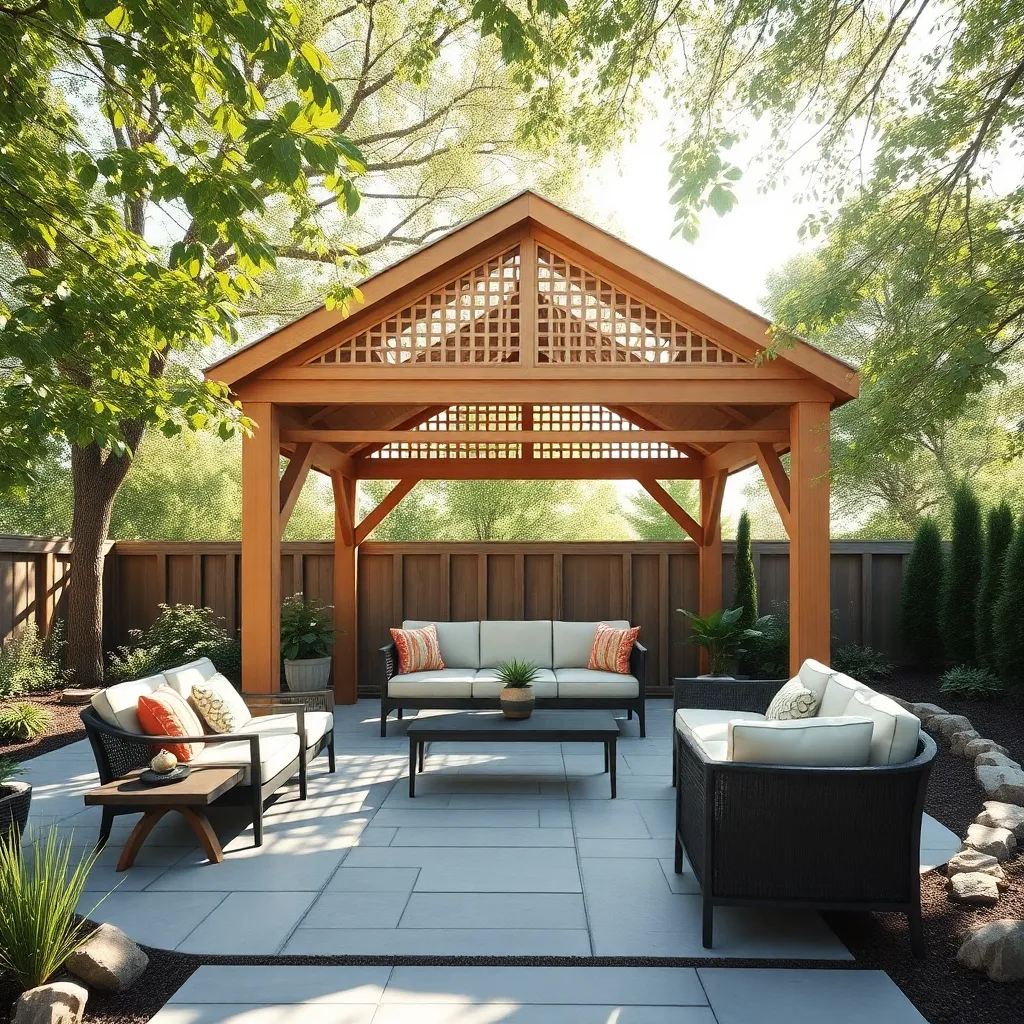
Assembling your DIY gazebo kit can be a rewarding project, especially when you start with the right materials. Begin by ensuring you have all the necessary tools ready, such as a hammer, screwdriver, and a level. Most kits come with pre-cut and pre-drilled pieces, which makes the process accessible for beginners. Follow the included instructions carefully, laying out each piece as you go. Remember to check your local regulations to ensure proper placement and compliance with any zoning laws.
While assembling, pay close attention to the initial steps of erecting the frame, as this forms the backbone of your structure. For added stability, consider anchoring your gazebo to a concrete base or using heavy-duty stakes if you’re placing it directly on the ground. Align each joint accurately for a sturdy build, and use weather-resistant screws for durability. For a polished finish, consider adding decorative elements like climbing plants or string lights, which not only enhance the aesthetic but also create a cozy atmosphere. By following these steps and tips, you’ll have a beautiful and functional outdoor space in no time.
Cost-Effective Materials and Tools

For those looking to build a gazebo on a budget, selecting cost-effective materials is essential. Consider using pressure-treated lumber, which is both affordable and durable, making it ideal for outdoor structures. If you’re aiming for a more elegant finish, cedar offers a natural resistance to decay and insects, while providing a beautiful aesthetic, though it may be slightly more costly. For the roofing, corrugated metal panels or polycarbonate sheets are excellent choices, offering durability and ease of installation. Both materials are lightweight and can withstand various weather conditions, ensuring your gazebo remains sturdy over time.
When it comes to tools, a basic toolkit will suffice for most DIY gazebo kits. Ensure you have a power drill, saw (circular or hand), measuring tape, level, and a wrench set on hand. For beginners, investing in a cordless drill can make the assembly process more manageable and efficient. To add personal touches, consider incorporating decorative elements like hanging planters or string lights, which can be easily attached using simple hooks or clips. By focusing on these cost-effective strategies, you can create a beautiful, functional outdoor space without breaking the bank.
Maintenance Tips for Longevity
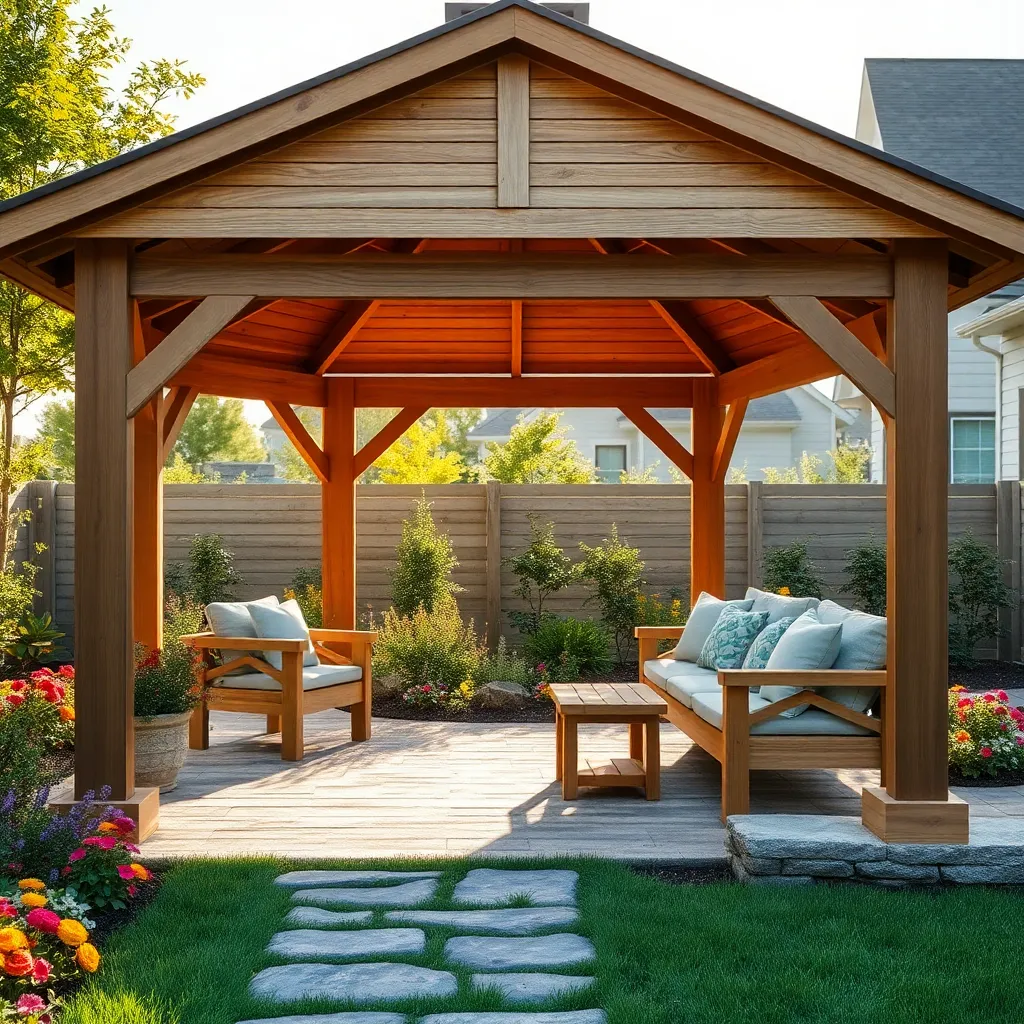
To ensure your DIY gazebo stands the test of time, regular maintenance is crucial. Start by inspecting the structure for any signs of wear, such as loose screws or warped wood. Tighten all bolts and replace any damaged parts using weather-resistant materials like galvanized steel or stainless steel screws to prevent rust. For wooden gazebos, apply a sealant or wood preservative every couple of years to protect against moisture and pests.
Beyond structural upkeep, consider the aesthetics and functionality of your space. Keep your gazebo looking fresh by power washing the surfaces annually to remove dirt and mildew. If your gazebo includes a fabric canopy, clean it with mild soap and water, and ensure it is fully dry before reattaching to prevent mold. For added longevity, consider installing a drip edge or gutters to direct rainwater away from the structure, reducing the risk of water damage and maintaining a dry, inviting atmosphere beneath your gazebo.
Conclusion: Creating Beautiful Outdoor Spaces
In exploring ‘Affordable DIY Gazebo Kits for Beginners,’ we uncovered five key relationship concepts: collaboration, communication, creativity, compromise, and celebration. Building a gazebo together not only fosters teamwork but also enhances communication skills as couples discuss plans and solve problems collaboratively. This creative venture encourages you to think outside the box, adding personal touches that reflect your unique bond. Compromise becomes essential as you navigate differing opinions, ultimately leading to a shared vision. Finally, celebrating the completion of your gazebo provides a tangible reminder of what you can accomplish together.
As an actionable next step, consider setting aside a weekend to explore gazebo kits online with your partner, discussing which style best fits your shared vision. Taking this step not only strengthens your relationship but also sets the stage for more collaborative projects in the future.
Don’t forget to bookmark this article for handy tips and as a reminder of the rewarding journey of building both your gazebo and your relationship. By embracing these shared experiences, you’re laying a solid foundation for long-term relationship success, where growth and achievement go hand in hand. Empower your partnership today by saving this resource and embarking on your DIY journey together.

